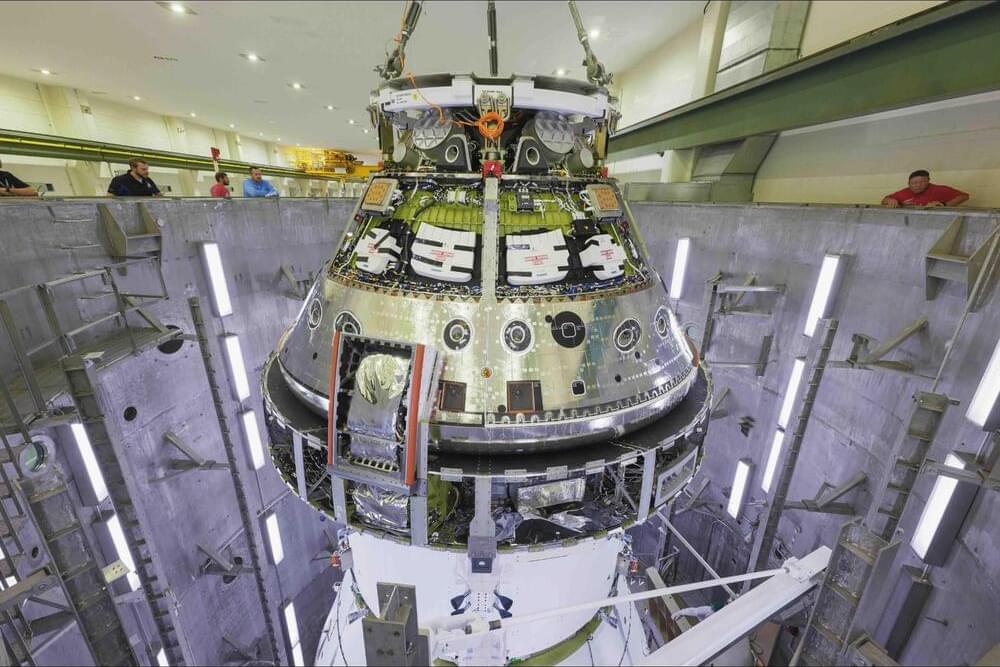A United Launch Alliance (ULA) Atlas V rocket will launch the USSF-51 mission on July 30 for the United States Space Force’s Space Systems Command (SSC) from Space Launch Complex-41 at Cape Canaveral Space Force Station.


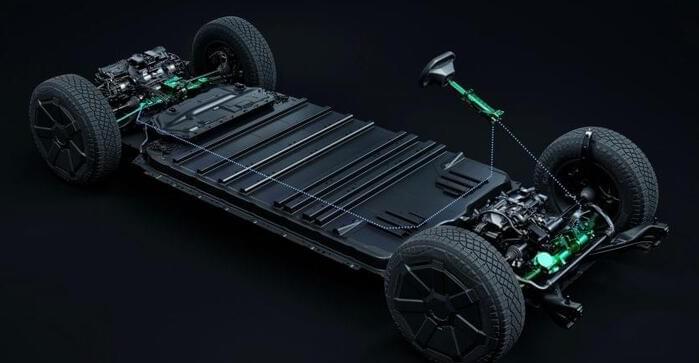

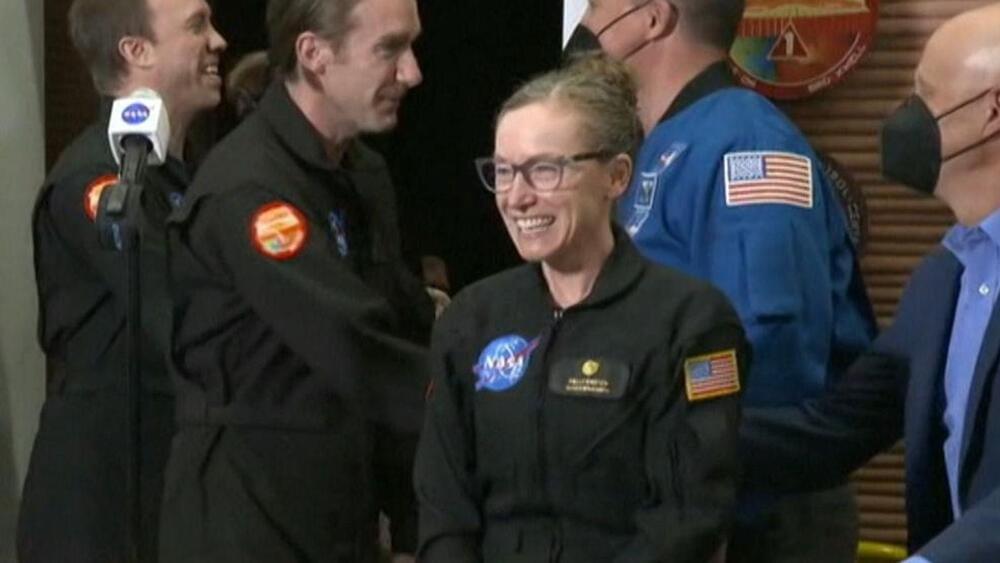
Microsoft’s CEO of AI said that content on the open web can be copied and used to create new content.
So, they get very healthy but only live 24% longer no matter how many more times they use the treatment. I wonder what the telomere effect is. And what they are doing is not the same as what Aubrey’s mouse experiment is doing.
Altos Labs Co-founder and Chief Scientist Rick Klausner participated in a panel discussing efforts to increase human healthspan by combatting age-related diseases at this year’s Aspen Ideas Health conference.
In a panel that included Laura Deming and Kristen Fortney, Klausner discussed an Altos experiment in Spain (likely to be research conducted by Universidad Católica de Murcia and Altos Labs in collaboration with the Hospital Clínic de Barcelona), Klausner reported that if old kidneys are transplanted into young people they do not function nearly as well as transplanting young kidneys – but organ donations donors are getting older and older, and therein lies the rub.
We’ve been doing these experiments with the transplant team at Barcelona where we remove a kidney from different animals, and now we’re preparing to do this in the clinic. You take an old kidney and you transplant it into a young rat versus [transplanting] a young kidney and you see a tremendous difference in overall survival and kidney function. But when we take the old rat organ and we introduce these components that rejuvenate, this reprogramming cocktail, just for 45 minutes they’re exposed to it and then they survive as well if not better than the young organs that are transplanted.
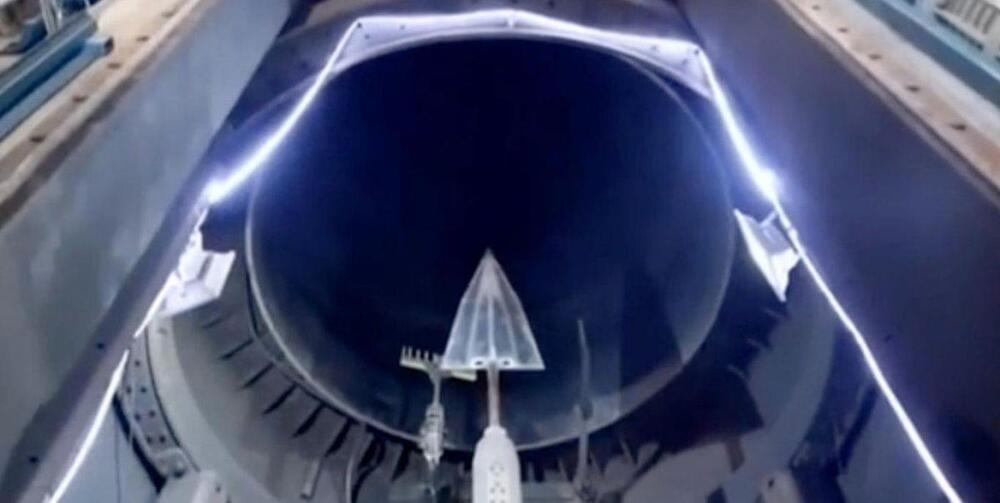
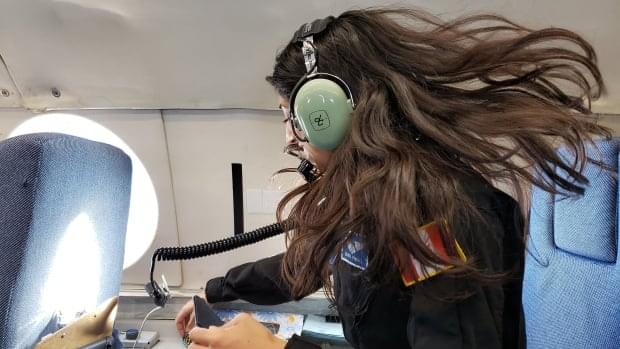
Only two women from Canada have been to space previously, though Jenni Gibbons will join their ranks in the near future.
Pandya’s first flight to space will be on a commercial mission, which is different from the missions with NASA.
Though SpaceX has yet to announce this mission, the Federal Aviation Administration and Space Coast Office of Tourism now report the Türksat 6A satellite will launch Monday afternoon — though the target date has bounced around the past couple days.
Mission: A SpaceX Falcon 9 rocket will deploy Turkey’s first domestically manufactured geostationary communications satellite, the Space Coast Office of Tourism reports.
